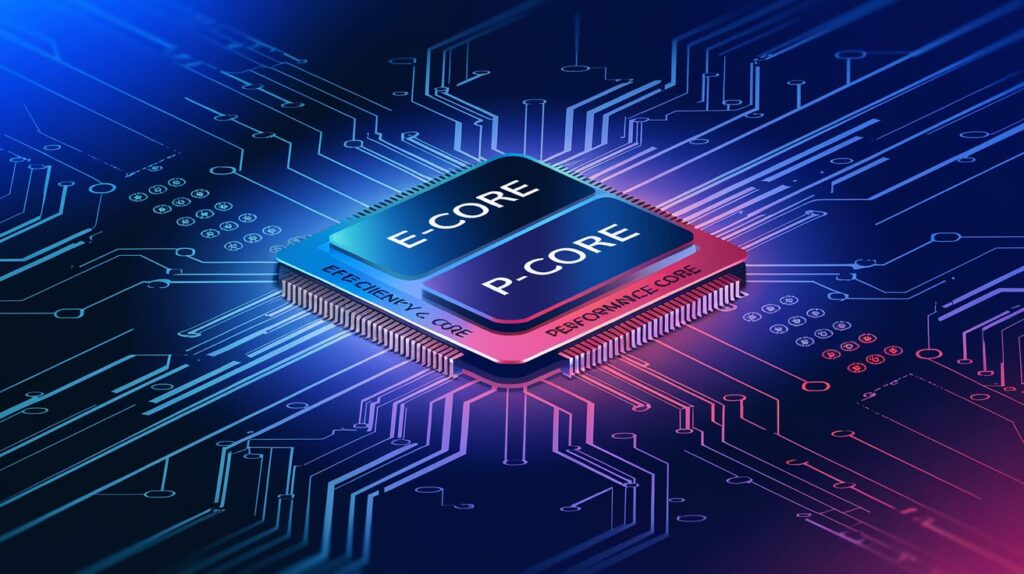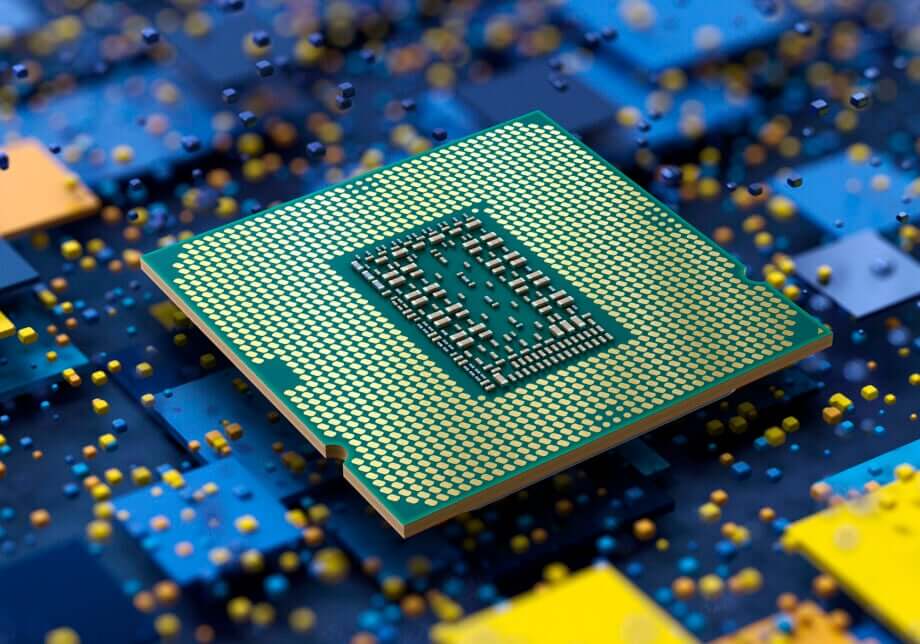
What is E-Core?
The E-Core and P-Core have been powering Intel processors for the last couple of generations, giving them the extra edge to stay competitive. So, what are the specialties of these two types of cores, and why did Intel create a hybrid of these two kinds? E-Core stands for Efficiency Core, and P-Core stands for Performance Core—pretty self-explanatory, right? The reason behind creating a hybrid processor with these two types of cores is to meet various user demands efficiently. Efficiency Cores, as the name suggests, make the processor more efficient by consuming less energy while performing lighter tasks such as streaming, browsing, and editing documents.
What is P-Core?
P-Cores, on the other hand, focus on heavier tasks that demand high performance, like video editing and gaming. When users require significant computational power for intricate applications, these specialized P-Cores come into action. When paired together, E-Cores and P-Cores form a powerful duo, enhancing the processor’s overall performance and efficiency.
E-Cores and P-Cores showcase Intel’s innovation, particularly in laptops, as they reduce battery consumption while providing robust performance throughout the day, whether for heavy-duty tasks or routine operations. According to Intel, P-Cores in 12th Gen chips deliver 19% better performance than 11th Gen cores, while E-Cores offer 40% better performance at the same power level as the older Skylake chips. As we dive deeper into this topic, we’ll explore how these core types collaborate within CPUs to revolutionize user experiences across various platforms—from laptops to gaming PCs—making every interaction smoother and more efficient than ever before.

Core Differences Between P-Core and E-Core
| Feature | P-Core | E-Core |
|---|---|---|
| Purpose | Performance and Speed | Efficiency, Energy Saving, and Background Tasks |
| Power Consumption | Higher | Lower |
| Clock Speed | Higher | Lower |
| Multithreading | Supports Hyper-Threading | Doesn’t Support Multithreading |
How Do E-Core and P-Core Work Together?
E-Cores and P-Cores, operating in a hybrid environment, ensure you get the best out of Intel processors, whether you prioritize efficiency or power. This is made possible by Intel’s own technology called Intel Thread Director Technology. What does it do?
- Task Allocation: It determines which core is assigned which task based on the software’s core demand using highly efficient machine learning.
- Optimal Decision-Making: It helps the processor make optimal decisions while providing continuous feedback to the operating system.
- Precision Monitoring: It monitors the state of each core and thread with nanosecond precision.
- Thermal and Power Adaptation: It adapts based on the system’s thermal conditions and power usage.
Through these intricate processes, Intel maximizes the value of hybrid processors in systems.
Conclusion
E-Cores and P-Cores together make it possible to harness the best of hybrid processor technology, providing end users with better battery life and enhanced performance without significant compromises. This innovation ensures that laptop users enjoy longer battery life compared to previous-generation CPUs that lacked the E-Core and P-Core combination. This hybrid technology addresses one of the most pressing demands of laptop users—battery backup—while maintaining excellent performance.

